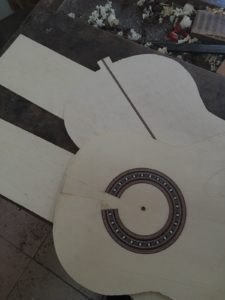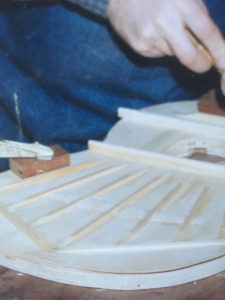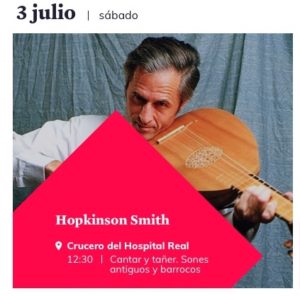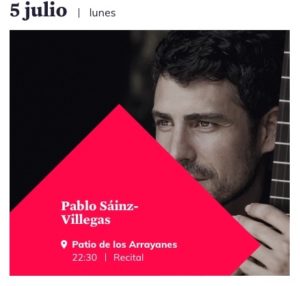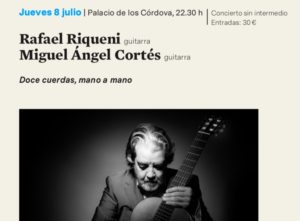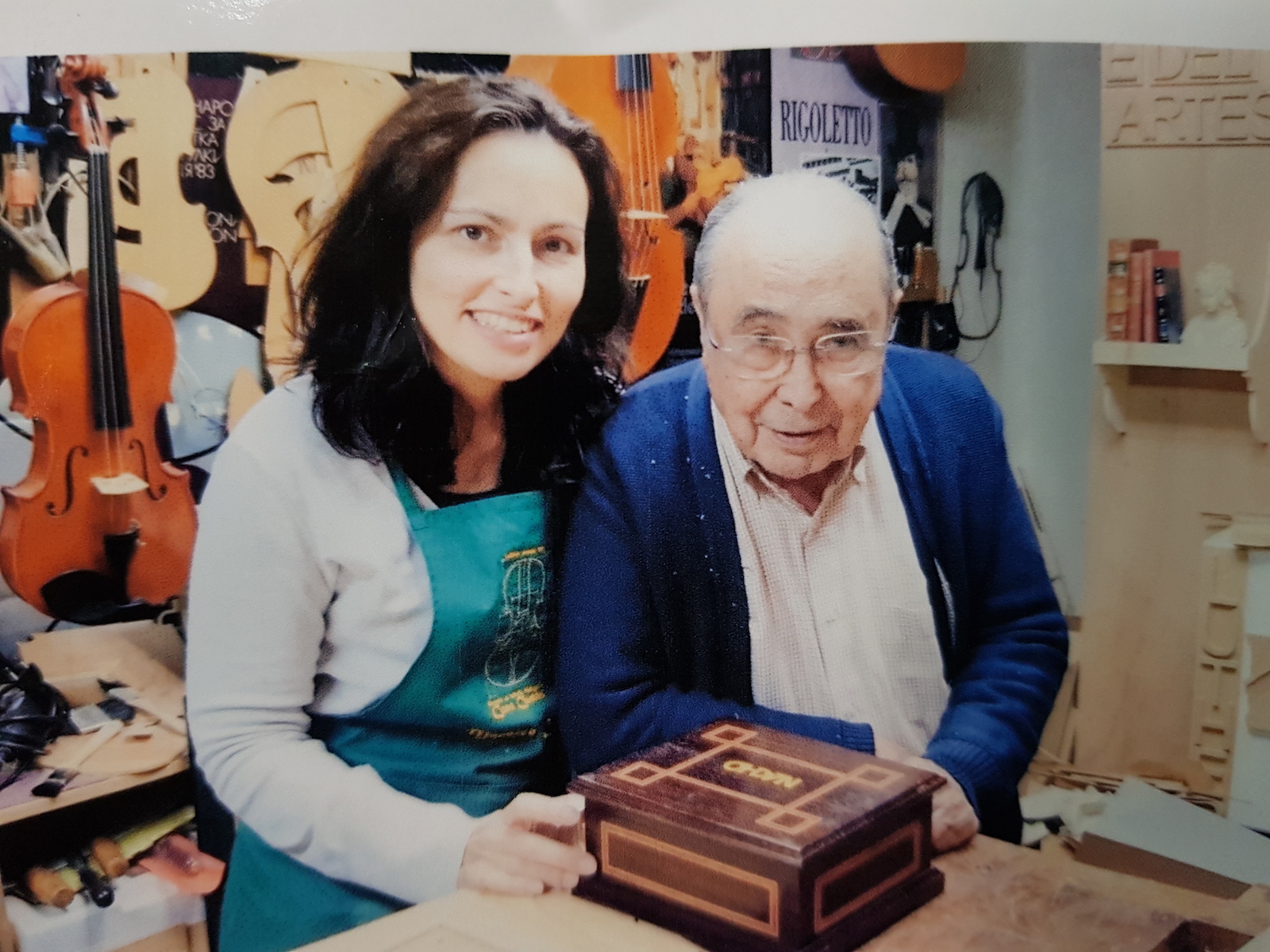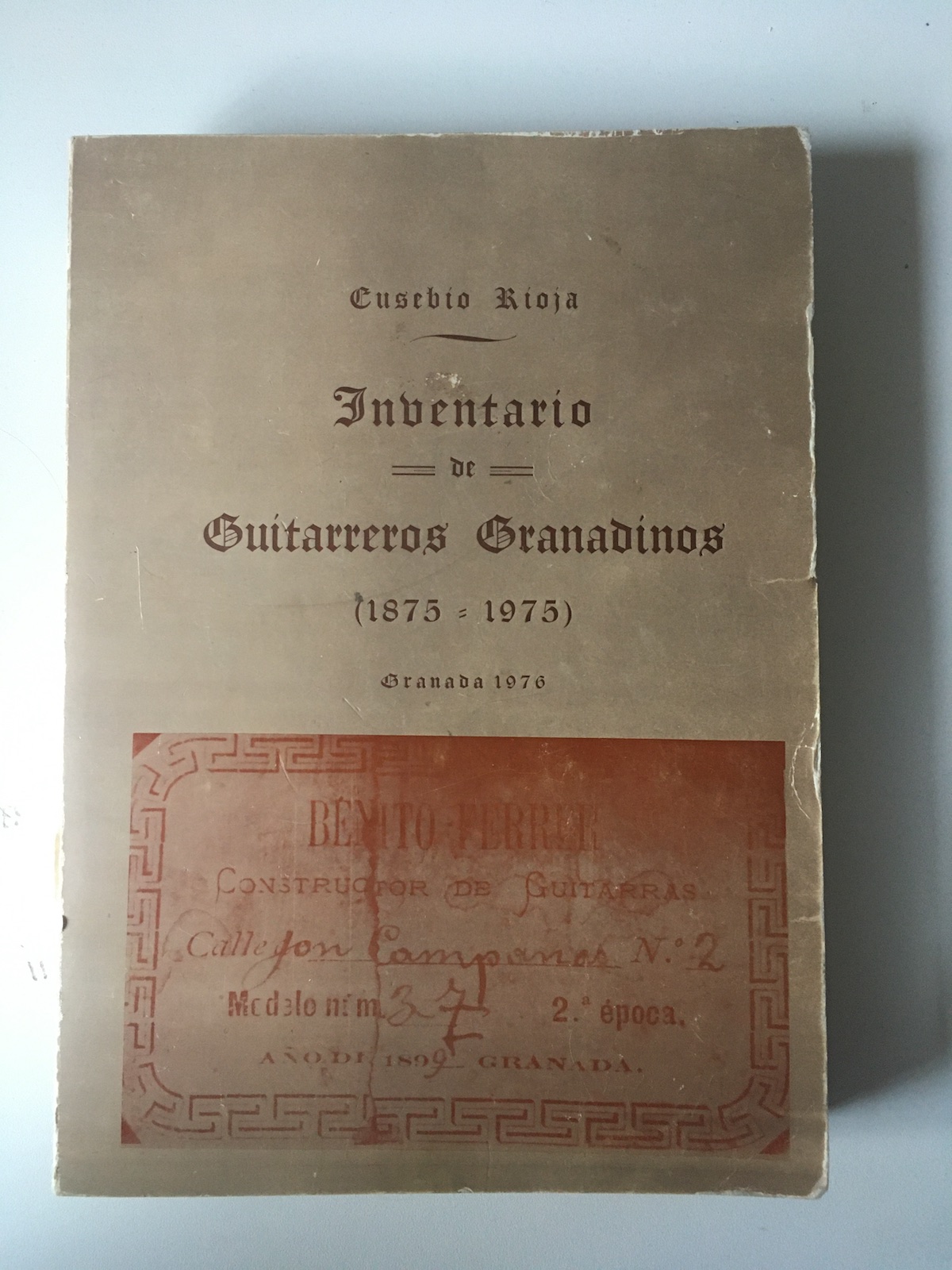“As a female guitarist, I find myself in a bit of a “catch-22,” so to speak. On one hand, because I am a woman, I feel that I should (and I want to) play music written by female composers. On the other hand, I know that if I program music by female composers, it will immediately be noticed that I am playing music by women. The act of including music by women is automatically seen as “feminist,” and there is an unfortunate assumption that I (as a woman) would not be playing the music if it were not composed by a woman. The trouble is, I also know that the majority of male classical guitarists will not seek out this music as it has not yet made its way into the mainstream of classical repertoire.”
Emily Alice Shaw emilyshawguitar.ca
I have written briefly about some women I know who make guitars and in another post I provide a link to a list of women who play the classical guitar. Today is the day to catch up on women who compose or have composed for the guitar. I don’t know much about composers so Emily will be our guide. Here is the article quoted above. In 4 preceding articles she discovers for us some great female composers.

